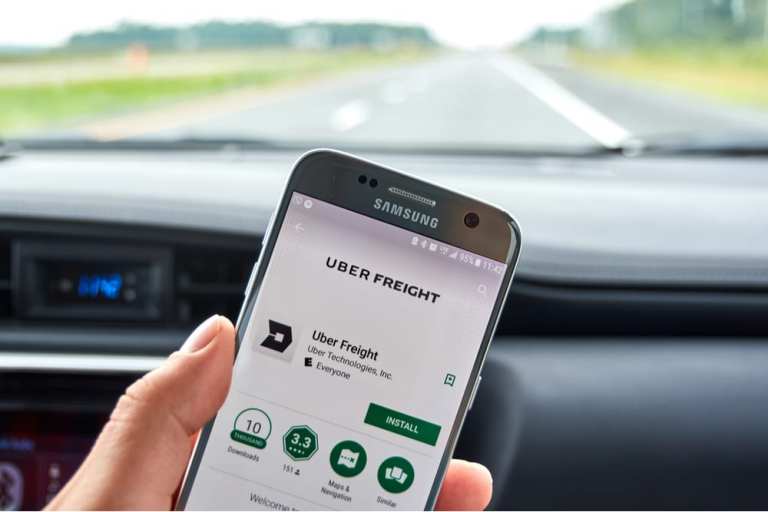
Uber’s apps are getting a makeover – and a bit of a merger.
To that end, Uber said at an event on Thursday (Sept. 26) that it would merge its food delivery and ride-hailing applications in a way that would bring its offerings together as “the operating system for your everyday life,” as CEO Dara Khosrowshahi said.
As reported, the platform-focused firm is also debuting new safety features and broadening its travel modes on offer, including bikes and public transportation.
The announcements dovetail with what Karen Webster spotlighted in this space as an expansionary strategy that seeks to add ancillary services to core offerings such as ride-hailing. In addition, as detailed in a recent PYMNTS survey, a third of consumers are interested in everyday apps, while half are “interested” in such offerings.
“Uber is leveraging its platform assets, and its critical mass of drivers and consumer users, to find new sources of value for its platform and the stakeholders who are part of it,” wrote Webster.
On Thursday, The Verge and other publications also said the company would delve into “virtual restaurants.” The new slate of offerings and the app mergers were announced in San Francisco. As Khosrowshahi told The Verge in an interview, the CEO noted that “we don’t just live in the digital sphere, and the real world comes with all kinds of complications. And for us, the challenge is: How do we navigate those complications and how do we make sure that we’re a constructive part of everyone’s life?”
In terms of mechanics, opening the app shows two choices, where once there were maps for the ride-hailing offering: The two boxes offer the choices “get a ride” or “order food.” Khosrowshahi said the users who leverage both apps are “the most satisfied customers,” and that the relationship “becomes closer.” Other services may also be tied to the ride-hailing and delivery apps, such as grocery delivery.
In reference to safety measures, as reported by CBS, a new optional verification will require Uber drivers to get PIN codes from riders before commencing the trip.
“The driver enters the PIN, you get an indication, a notification on your phone saying yes, this is the right car,” explained Sachin Kansal, Uber’s senior director of safety product management, as quoted by CBS. “Whether it’s checking the license plate, checking the name and now with the PIN verification, you should confirm that before you get in the car.”
Beginning next month in Los Angeles, users can contact 911 in-app via text. In other layers of security, the “Real-Time ID Check” will mandate that drivers move their heads and smile to identify themselves against the selfie feature to help verify they are who they say they are.
The core ride-hailing business is getting some more features on the driver side of the equation, where “earnings estimators” will help drivers understand the economics of their rides. There also will be demand “heat maps” showing where requests are concentrated within a given geographic location.
The company is also expanding its scheduling and fare information geared toward mass transit in San Francisco, Paris and, later this year, New York City. Ticketing will likely come in the future, according to reports. When using the ride-hailing option, users will also get data on subways and buses, and bikes and scooters will appear on maps starting next month.
“To some extent, we’re competing against ourselves,” Khosrowshahi told The Verge. “But we have the philosophy that if there’s a better product out there for the user, and we think an integrated movement solution is better for the user, we should be the ones competing against ourselves versus others doing it.”
In reference to the food delivery offerings, the Uber app will also be tied to a new rewards program for customers who use delivery often, and points can be accumulated across ride-hailing or Uber Eats.